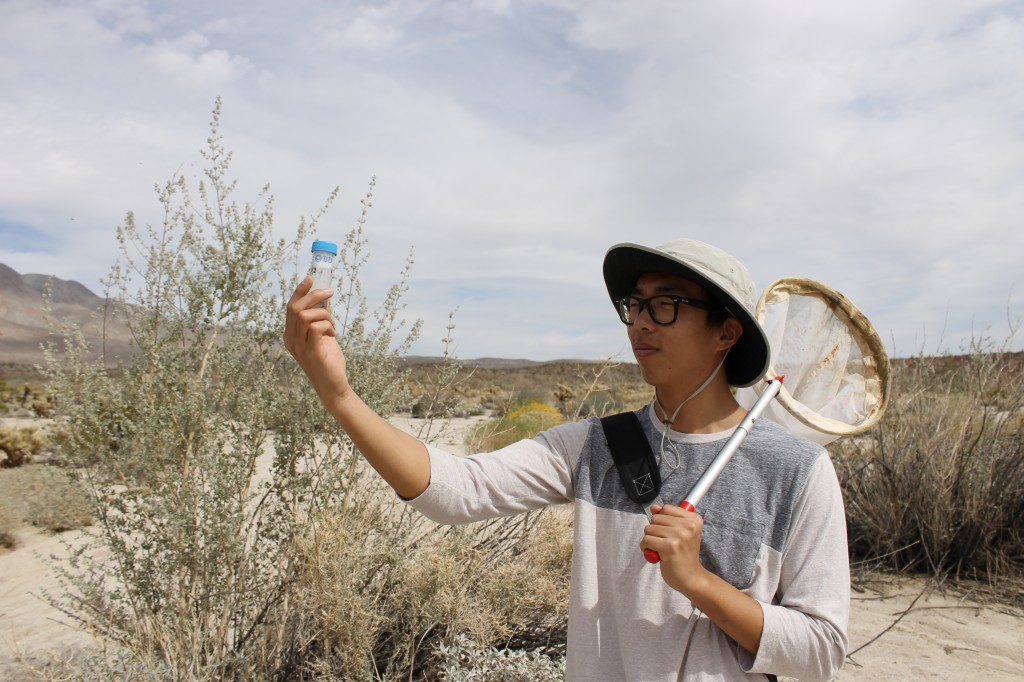BY HAEBIN LIEW | BLOGGER | SQ ONLINE (2013-14)
I’m sure a good number of you have seen the recent debate on creationism vs. evolution with Ken Ham and Bill Nye (if not check it out here). As a biology major, I obviously found Mr. Nye’s arguments more compelling than Mr. Ham’s pointing a reassuring finger to the Bible to conveniently find all the answers of the known universe.
To me, there is nothing more fascinating than to witness the vastly different qualities in how organisms in the past, present, and future adapt to their surroundings. But there is more to be understood than survival of the fittest when it comes to evolution in the long run. Regardless of how well-adapted any species are in its current ecosystem or niche, there will come a time when a natural pressure will drive a population to drift in both genetic and physical traits. I will touch upon evolution quite broadly in this blog and return to some of them later in the year, but for now here are the aspects of evolution that leaves me with more questions than I had before.
Let’s start with a familiar species: Homo sapiens. Though it may seem we have beat Mother Nature in her own game, there is still much debate in how rapidly and in what sense humans are evolving. Medicine, protection from natural disasters, and decreasing demand in physical exercise with the dawn of vehicles, our fate seems to defy any natural “perils” that our ancestors have faced. In a 2009 study, evolutionary biologist Stephen Stearns led a team of scientists to study a group of women in Framingham, Massachusetts to find a correlation between postmenopausal women’s physical characteristics and the number of children they bore. It was found that stouter women or women with lower blood pressure and cholesterol levels had more children. They then projected this 10 generations (400 years) into the future, assuming no cultural changes, to find women on average would be 2 cm shorter, 1 kg heavier, have a healthier heart and changes in other traits.
This study may indicate one fate of a small group of people but, of course, begs the question of unpredictable social and cultural changes that may occur in the next 400 years. Perhaps an outbreak of a contagious disease radically changes the diet of the women or an inevitable shift in the image of beauty (looking at you Cleopatra). There is no telling what will happen in the next 400 years and our best predictions maybe as from the truth than a random guess.
It can be argued that humans may not undergo gross evolution (as noted by Michio Kaku) due to the near absence any arable land untouched by civilization. Our genes are constantly mixing as people around the world begin to have children despite geographical or cultural barriers. But is it possible to send a small population of humans to colonize the moon or Mars and perhaps in due time unique genetic traits begin to take form in those isolated populations? These questions seem to have no end and no answers in the present day and to wait and hope to one day find clues is the truest scientific approach.
Michio Kaku’s controversial answer to human evolution
Humans are only a grain of sand on the beach of life. There are billions of species that live on Earth today that are just as well under evolutionary pressures. What would happen to the animal species we share Earth with in the future, a future without a single human being? The Future is Wild is a documentary series that tackles such a concept. I was in the 6th grade when I had first seen some of the incredible creatures a team of international scientists had created and predicted to be possible organisms that take over the face of the planet. Squids that developed ape-like intellect and live in the trees like gibbons (aptly named “Squibbons”) and tortoises the size of sauropods. The organism’s were amazing in their own right but I found the thought that there may be even more radically evolved organisms that we cannot imagine to roam the lands or swim in the oceans 5 million, 100 million or 200 million years into the future. To think that our presence on Earth at this moment has been a culmination of changes from a single celled organism is in itself baffling to me. I hope to revisit some of these topics in more detail but before I leave, here is a music video mashup created by Symphony of Science on evolution, featuring David Attenborough, Richard Dawkins and Bill Nye. Until next time!
(Even scientists sound better autotuned…)
